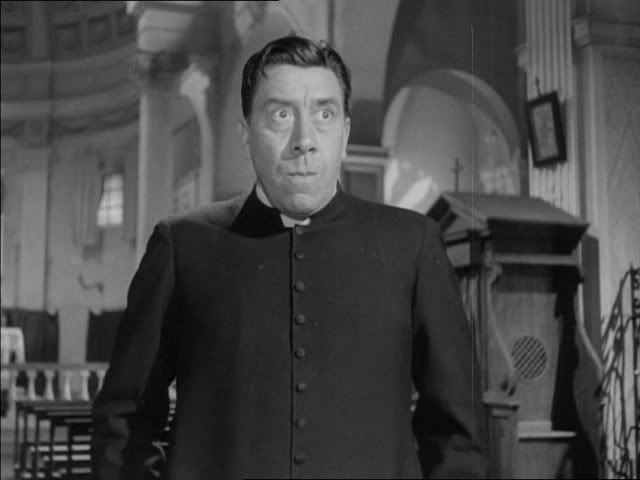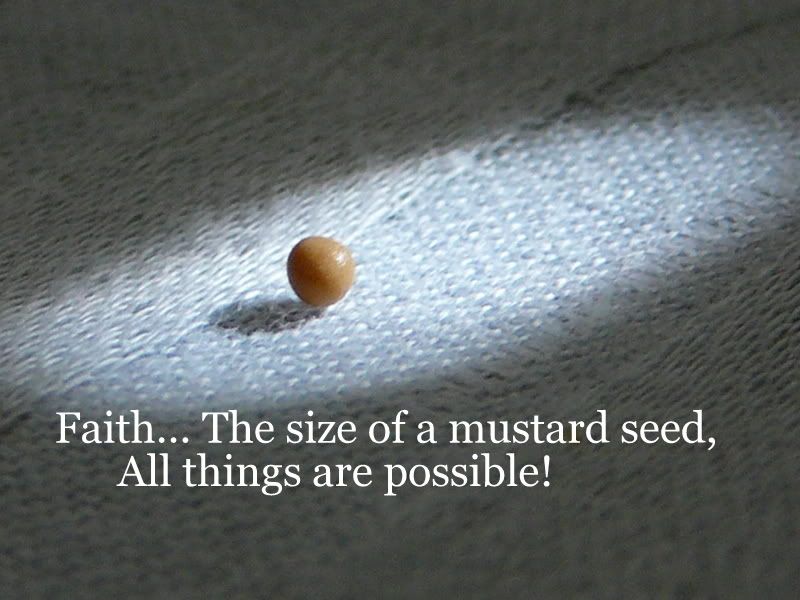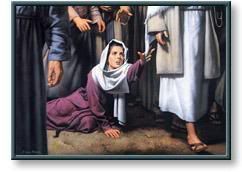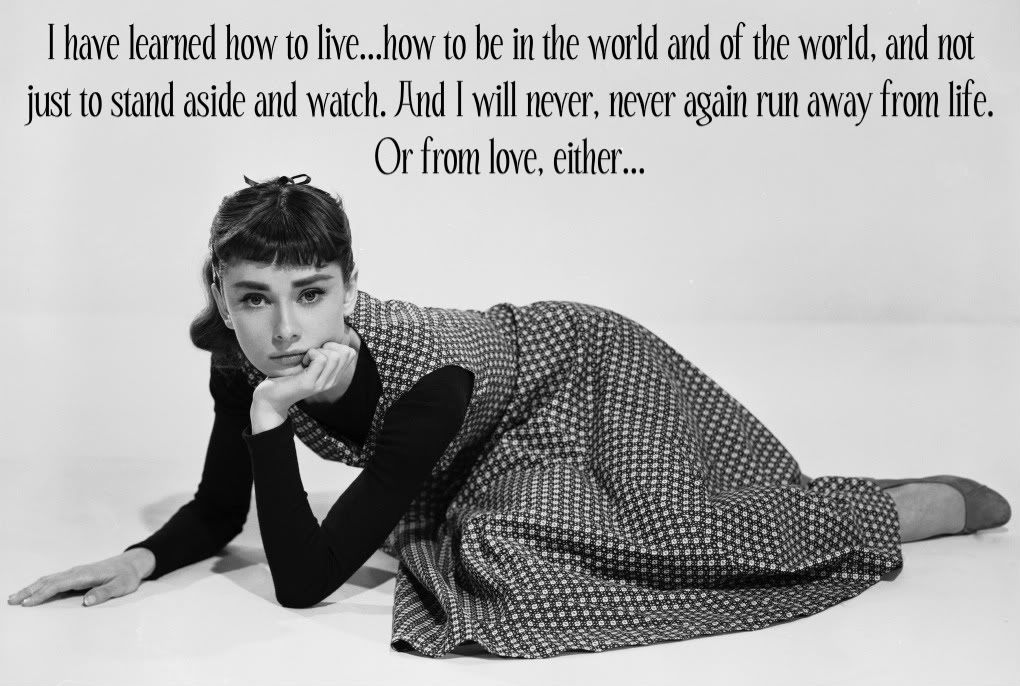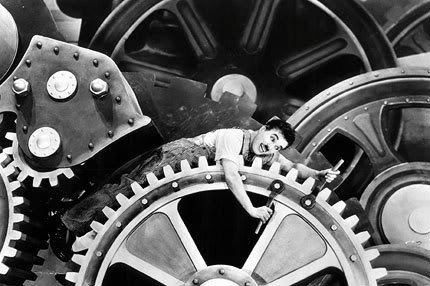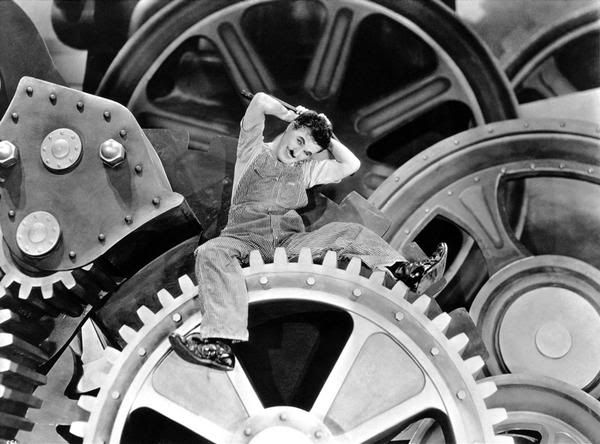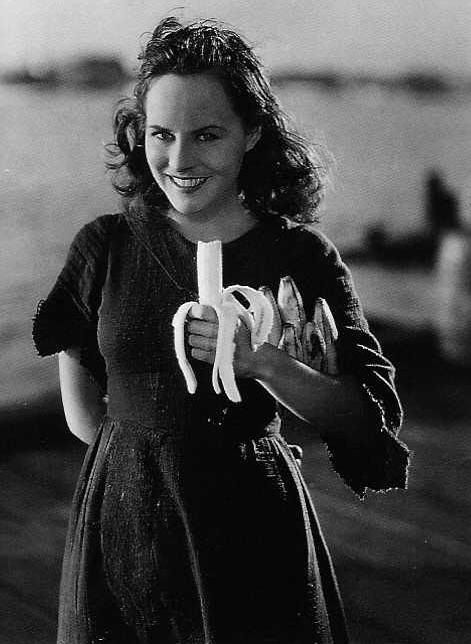+ JMJ +

~ Watched DVD: Grade 9, 2011-2012
~ Foreign film / comedy from Italy and France
~ Foreign film / comedy from Italy and France
~ Total time viewed: 2 hours
~ In a village of the Po valley in Italy, the priest and the communist mayor are always fighting to be the head of the community. If in secret, they admired and liked each other, politics still divided them .... The people are hard as the country, but they are good at the bottom of their heart.
~ Loved it!
~ In a village of the Po valley in Italy, the priest and the communist mayor are always fighting to be the head of the community. If in secret, they admired and liked each other, politics still divided them .... The people are hard as the country, but they are good at the bottom of their heart.
~ Loved it!
Film Review from the New York Times:
January 14, 1953
"Little World of Don Camillo," With Fernandel as the Priest
By BOSLEY CROWTHER
That lively account of robust squabbles between an Italian Communist Mayor and a village priest, which Giovanni Guareschi sketched in his popular book, "The Little World of Don Camillo" ...
... has been charmingly reconstructed and pictured on the screen in a French language dramatization, directed by Julien Duvivier.
Beautifully photographed in Italy with the brilliant French actor Fernandel playing the pugnacious padre and Gino Cervi in the role of the bull-headed Communist Mayor, this picture-story is resolved in a vigorous and amiable conflict "between two strong personalities."
Don Camillo and Peppone
Here is a characteristic we think should be fully impressed upon those who have any preconceptions of political factionalism in this film, which had its American première yesterday at the Bijou. For the notion appears to be widespread that the essential drama here is in a clash between Roman Catholicism and Communist ideology.While the proud and determined padre undoubtedly typifies a man of rigid devotion to the established disciplines of the Church and the Mayor is patently symbolic of the comradeship of the working class; while the cross and the hammer and-sickle are frequently juxtaposed and there is some occasional discussion of social obligations and attitudes, the essential complication out of which humor and humanity flow is simply a tangle of the natures of two stubborn peasants in a village on the Po. And the moral is not the triumph of either, but the evident brotherhood of both.
When the Communists celebrate their victory with a noisy rally in the village square, the priest tries to drown out their ranting with a tintinnabulation of the church bells. And when the Mayor tries to stop the bell-ringing, the priest, his old comrade-in-arms during the war in the resistance movement, joyfully slugs it out with him. Likewise, the two stalwart rivals battle heroically and long over who shall first give a recreation park to the people.
Withal, when the local landowners force the underpaid peasants to strike, the priest speaks up for the latter, at the cost of being called a "Communist," and he secretly joins with the Mayor in milking the poor, untended cows. When a couple of star-crossed young lovers attempt to commit suicide, he rallies the villagers to their rescue and makes their families permit them to be wed.
And when the old boy is finally directed by his bishop to leave the town, he receives a warm and loving send-off from his old friend, the Mayor, and the "reds."
This may not be wholly realistic in its picture of the state of affairs in Italy today, and it is certainly not without a clear tracing of strong idealism and sentiment. But its confidence in human goodness, regardless of politics, is inspiring, at least and its candid display of contradictions in words and deeds makes for good, healthy fun.
Much of the charm of the picture is due to Fernandel, who plays the priest with explosive gusto and infinite alteration of moods.
His Don Camillo is a horse-faced bumpkin, just this side of a hiph-class clown. And his grotesqueries are outrageous, but his spirit is plainly generous and warm. Even the private conversations the priest holds with his God in the church are played by Fernandel with credibility and are staged with simplicity and restraint.
Signor Cervi is no less artful as the barrel-chested Mayor who maintains his dignity and his authority as the temporal spokesman for the people of the town. His pompous and taciturn nature is a fine foil for the flaring violence of the priest. And Sylvie. as an old school teacher; Vera Talqui, as a patrician girl, and Franco Interlenghi, as her Communist suitor, are strong among the other village types.
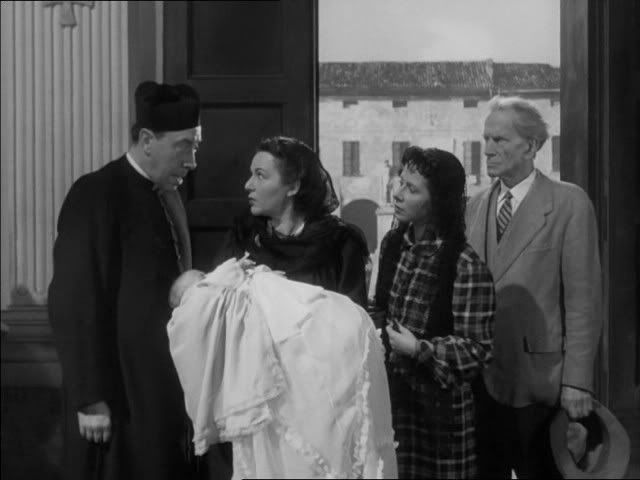

There may be guileless simplicity and calculated comedy in this folk tale, but, thanks to M. Duvivier and all his company, it makes up into a cheerful and wholesome film.
THE LITTLE WORLD OF DON CAMILLO, adaptation and dialogue by Julien Duvivier and Rene Barjavel from the novel by Giovanni Guareschi; directed by M. Duvivier. At the Bijou.
Don Camillo . . . . . Fernandel
Peppone . . . . . Gino Cervi
Christiana . . . . . Sylvie
Gina . . . . . Verz Talqui
Mariolino . . . . . France Interlenghi
Bishop . . . . . Charles Vissieres
Filotti . . . . . Luciano Manara
Brusco . . . . . Armando Migilari
Excerpt from the Delightful Book:
Peppone . . . . . Gino Cervi
Christiana . . . . . Sylvie
Gina . . . . . Verz Talqui
Mariolino . . . . . France Interlenghi
Bishop . . . . . Charles Vissieres
Filotti . . . . . Luciano Manara
Brusco . . . . . Armando Migilari
Excerpt from the Delightful Book:



